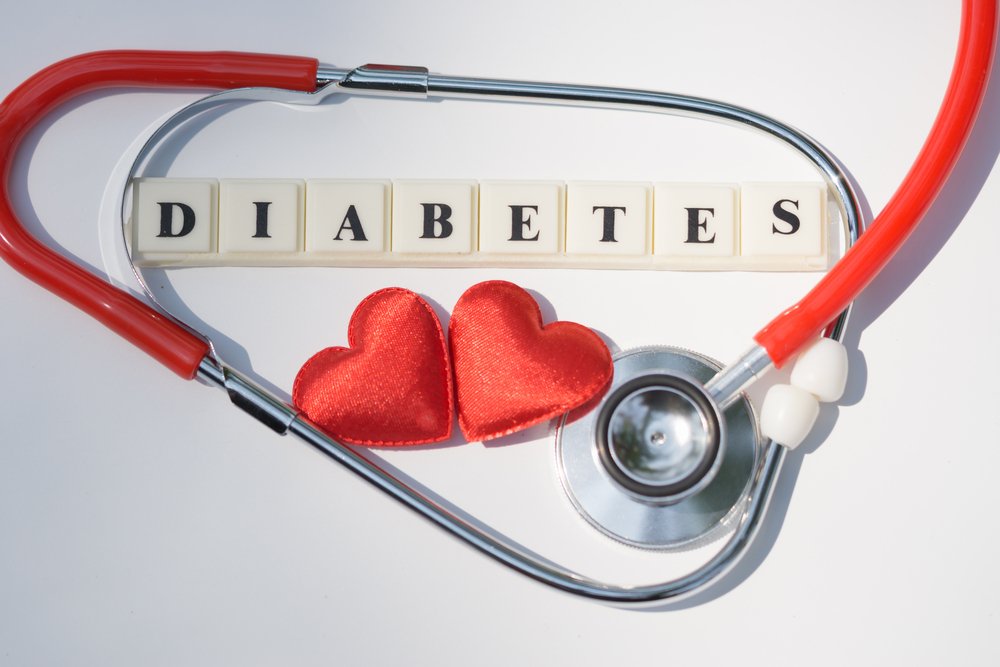What Are Omega-3s—and Which Ones Matter Most?
Omega-3 fatty acids are a family of polyunsaturated fats that influence nearly every tissue in the body. The three you’ll hear about most are alpha-linolenic acid (ALA), eicosapentaenoic acid (EPA), and docosahexaenoic acid (DHA). Only ALA is “essential” in the strict dietary sense—your body can’t make it—yet modern diets already supply plenty through foods like walnuts, flax, chia, soybean oil, and even avocados. The catch is that humans convert only a small fraction of ALA into EPA and DHA. Because EPA and DHA are the forms linked most strongly to heart, brain, eye, and immune benefits, the most reliable way to raise them is by eating oily fish (think salmon, sardines, herring, mackerel) or using fish- or algae-based supplements.
There’s also docosapentaenoic acid (DPA), another long-chain omega-3 that shows promise in early research. While its biology overlaps with EPA and DHA, its specific health roles are still being mapped.
Why EPA and DHA Take Center Stage
EPA and DHA are structurally longer and more flexible than ALA. That extra flexibility lets them slot into cell membranes throughout the body—especially in the brain and retina—where they influence how cells sense their environment, communicate, and respond to stress. DHA, in particular, is abundant in neural tissue and helps keep membranes fluid and responsive; EPA is a key precursor to signaling molecules that help resolve inflammation rather than amplify it.
How Omega-3s Work at the Cellular Level
Membrane Fluidity and Signal “Volume”
Imagine the cell membrane as a sensitive switchboard. When pro-inflammatory signals hit that switchboard, stiff, omega-3–poor membranes tend to over-amplify the message. Incorporating DHA makes membranes more fluid and less “twitchy,” so incoming stress signals are transmitted with a calmer, more proportionate response. At the same time, EPA can be transformed into signaling mediators that are inherently less provocative than those derived from certain omega-6 fats, lowering the “volume” of inflammation at its source.
Turning Genes Up or Down
EPA and DHA also interact with transcription factors—the molecular dimmer switches that control gene activity. By nudging these switches, omega-3s can dial down genes that drive excessive inflammation and triglyceride production, and support genes that favor fat oxidation and metabolic balance. The result is a cellular environment that returns to baseline more quickly after an inflammatory insult.
Cardiovascular Effects You Can Measure
Clinically, higher intakes of EPA and DHA are associated with changes you and your doctor can track. At robust doses, they lower blood triglycerides, support healthier blood pressure, and make vascular walls more compliant—easing blood flow and reducing strain on the heart. They also help stabilize the heart’s electrical system, which may reduce arrhythmic risk, and temper the tendency of platelets to clump, without meaningful effects on bleeding at typical supplemental intakes.
A Quick Word on ALA and DPA
ALA is valuable as a plant-based omega-3, but because conversion to EPA and DHA is limited, relying on ALA alone rarely moves blood levels of EPA/DHA enough to deliver the best-documented benefits. DPA, meanwhile, sits biochemically between EPA and DHA and may share some of their anti-inflammatory actions. As research matures, we’ll understand better when DPA adds unique value beyond EPA and DHA.
The Practical Takeaway
If your goal is to support heart rhythm, lower triglycerides, ease unnecessary inflammatory signaling, and nourish your brain and eyes, prioritize direct sources of EPA and DHA. Regularly include oily fish in your diet or use a quality fish- or algae-oil supplement, especially if you rarely eat seafood. Plant sources of ALA are still worth eating for overall nutrition—but think of them as complements, not substitutes, for EPA and DHA.




